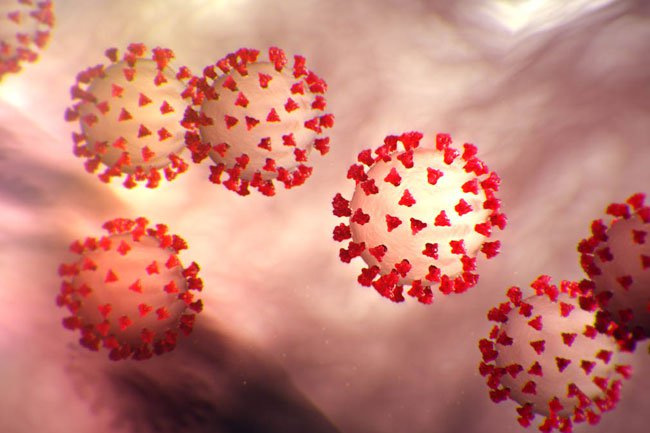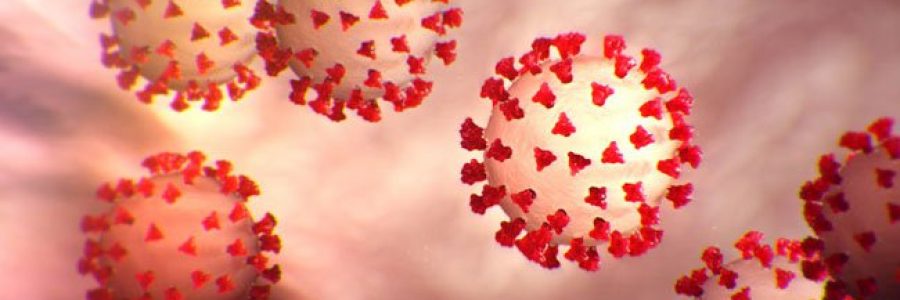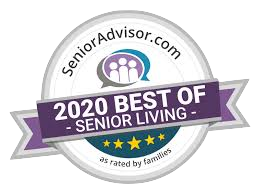 To our residents and family members:
To our residents and family members:
As most of you are aware the Coronavirus Disease continues to spread within and outside of the United States. As an organization we continue to educate ourselves and our staff on the preparedness if at some point we suspect one of our residents, family members or staff may be infected with the disease. Please see below information obtained from the Centers for Disease Control (CDC) and the steps we are required to take along with some information regarding the specifics of the disease.
COVID-19 is the abbreviated name for novel Coronavirus Disease 2019 that first emerged in Wuhan, Hubei Province, China. Coronavirus disease 2019 (COVID-19) is a respiratory illness that can spread from person to person.
Illness: COVID-19 illness may be mild to severe. Symptoms may appear as soon as 2 days and as long as 14 days after exposure. Symptoms include fever, dry cough, and shortness of breath. Other symptoms include nasal congestion, runny nose, sore throat or diarrhea. These symptoms are usually mild and begin gradually. Some people who are infected may remain asymptomatic. Up to 80% of infected people recover without any need to seek care. Some will develop severe illness (typically in the second week of illness) and at present it is estimated that around 2% will die. Just as with influenza and other viral infections, older adults and patients with comorbid conditions are at increased risk for more severe illness.
Transmission: COVID-19 is spread from person-to-person by respiratory droplets between people who are in close contact with one another (about 6 feet). While there is not yet evidence for spread from surfaces or objects (fomites), this may also be a possible mechanism of transmission. At present, COVID-19 is not felt to be spread through airborne transmission such as seen with tuberculosis or measles.
INTERIM RECOMMENDATIONS FOR ASSISTED LIVING FACILITIES
Who Should Be Evaluated As A Suspected Case: Currently, people returning from sites where there is ongoing person-to-person transmission of COVID-19, or who have been in close contact with individuals known to be infected with COVID-19 are at greatest risk for COVID-19. Such individuals have been part of the CDC’s case definition used to determine when to evaluate individuals for COVID19. On February 26, 2020, the CDC updated its guidance to also consider COVID-19 in individuals with fever and severe lower respiratory failure requiring hospitalization without an alternative diagnosis. The CDC may further expand guidance on who to test and under what circumstances.
- Our healthcare personnel will use the CDC definitions to guide whether an individual should be evaluated for COVID-19. • We will continue to monitor the CDC website regularly for updates to the case definition.
At present, given the rare presence of COVID-19 in the community, healthcare personnel suspecting a case of COVID-19 will contact their local and/or state public health department for guidance on management.
- At present and under an abundance of caution, per the CDC recommendation our healthcare employees at each facility will continue to use Standard Precautions, Contact Precautions, Airborne Precautions, and Eye Protection. This means wearing a gown, gloves, facemask, and goggles or a face shield if there is a suspected case in the facility • We will also continue frequent hand hygiene with alcohol-based hand rub or soap and water • We have purchased an EPA-registered, hospital-grade disinfectant and will perform frequent daily cleaning of commonly touched environmental surfaces to decrease environmental contamination.
Since we do not have airborne isolation rooms (often called negative pressure rooms) we will follow the listed procedures below according to the CDC.
- If an individual meets the CDC case definition of a suspected case, we will place the individual in a single room with a closed door pending consultation with the local health department.
Reducing The Risk Of Introducing COVID-19 In Our Facilities:
Employees: Because healthcare personnel reside in the community and work in facilities, they have the potential to introduce infections into our Assisted Living populations. As with all situations, we have asked all of our healthcare personnel who are ill stay home and seek healthcare advice through their regular provider. Those with mild symptoms are encouraged to call, rather than coming to the community in person.
If there is evidence of community-wide COVID-19 illness, we will screen staff at entry into the facility for respiratory signs, symptoms and fever.
Visitors: Like healthcare personnel, visitors may also inadvertently foster spread of infections in the Assisted Living setting. Given the unique nature of the Assisted Living setting, it will not likely be possible to prohibit all visitors in the event of community-wide COVID-19 illness. For example, individuals on hospice should be able to visit with family members who are not ill.
Consistent with good routine practice, as during flu season we post signs requesting that people with acute respiratory illness refrain from entering the facility. This applies whether or not there is COVID-19 activity in the community. We recommend individuals (regardless of illness presence) who have a known exposure to someone with a COVID-19, or who have recently traveled to areas with COVID-19 transmission, refrain from entering the facility. If there is community-wide transmission of COVID-19, we will screen visitors at entry to the facility.
Planning: As part of our facility’s regular risk assessment, we have a developed plan to prepare for and respond to potential outbreaks and/or pandemics. The plans developed for pandemic influenza is the same model used in addressing the prevention and management of COVID-19.** Key measures for this include:
- Calling our State and/or Local Health Department (for testing and guidance) • Social distancing, including suspending group activities including dining and other social events • Consistent staff, in which staff are assigned to the same building on a consistent basis • Daily temperature checks and symptom monitoring for residents and staff • Furlough for staff with respiratory symptoms • Having a plan to bring in temporary staff, perhaps through an agency, when there is insufficient staffing due to illness or increased burden of care.
The length of time during which infected individuals shed virus is not yet known. As symptoms improve, the amount of virus shed by infected individuals should decrease. Based on COVID-19 in Assisted Living Settings
Experience with similar viruses, people with severe illness will shed more virus and for a longer period of time than those with mild COVID-19 infection. People with severe illness may continue to shed virus even 12 days after symptom onset. The decision of when people no longer require isolation precautions will be made on a case-by-case basis and in consultation with our public health officials. Such a decision will take into account the severity of the illness, comorbid conditions, resolution of fever, and clinical status of the resident.
If you have any further questions regarding New Havens plan of action for the Coronavirus Disease, please do not hesitate to speak with your administrator or feel free to contact me directly.
Tessa Wilson
Cell: 325-227-0535
Director of Operations and Clinical


